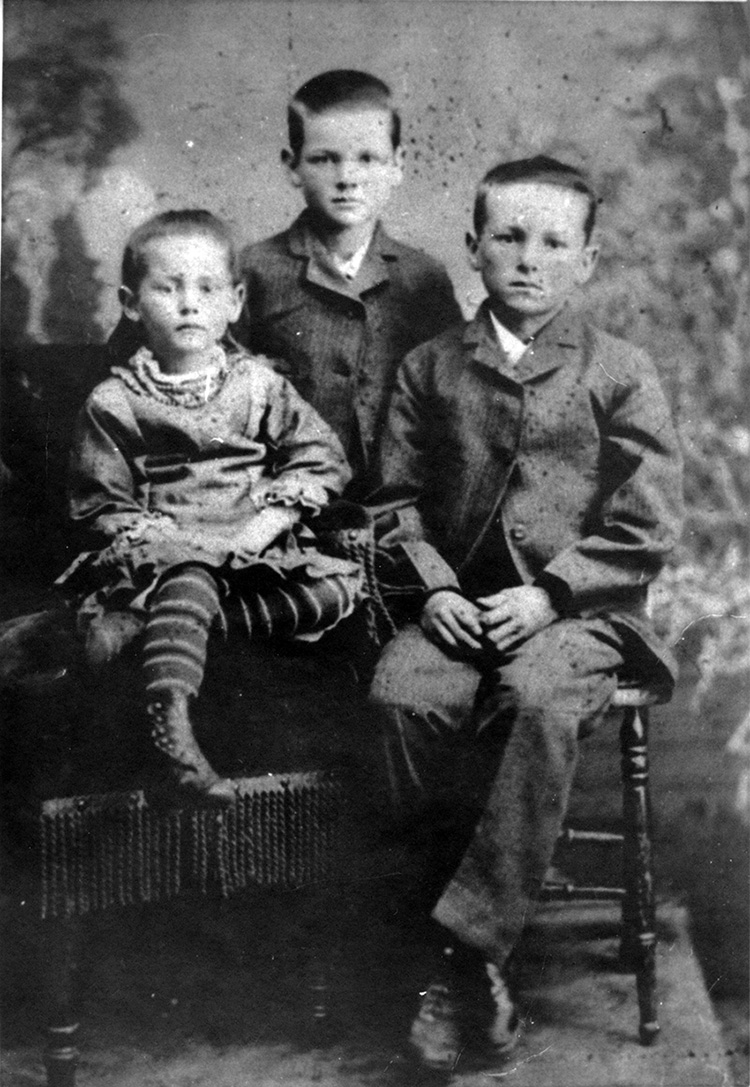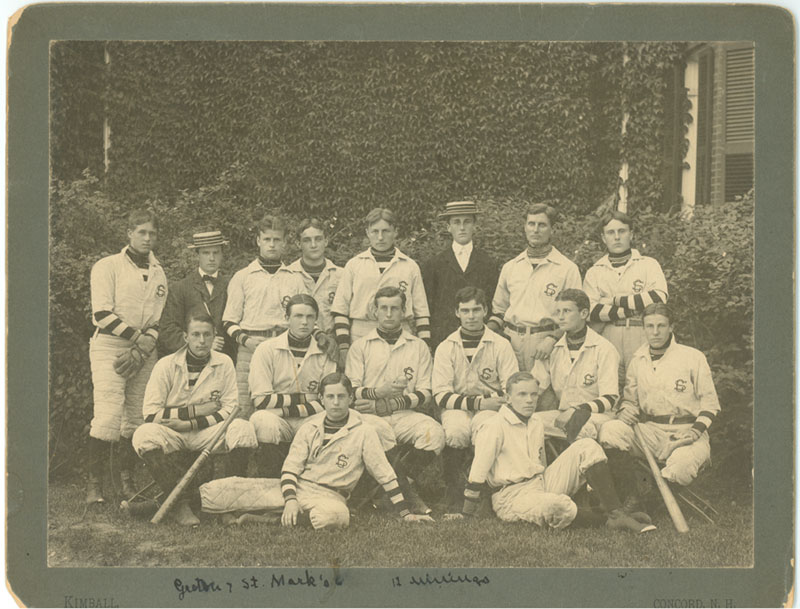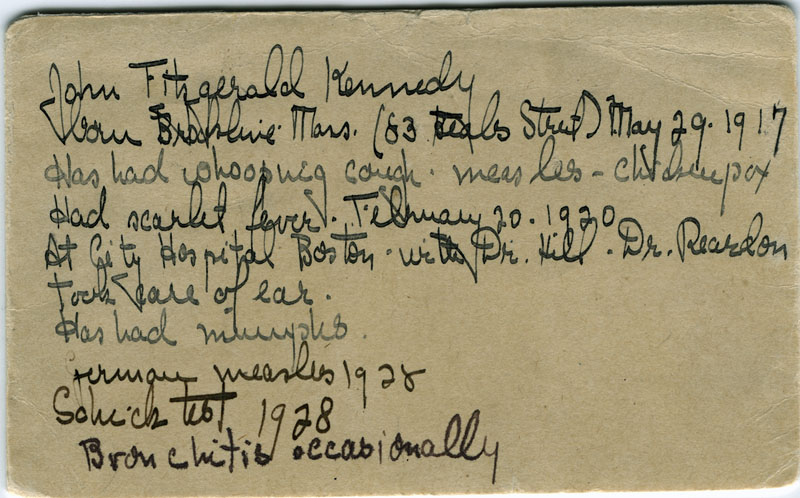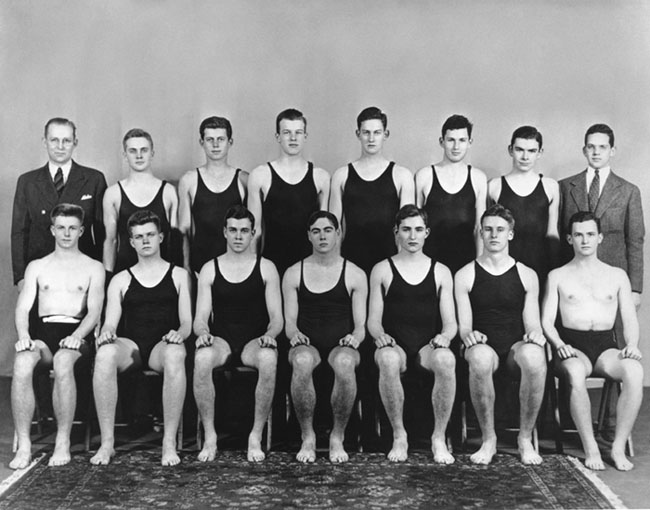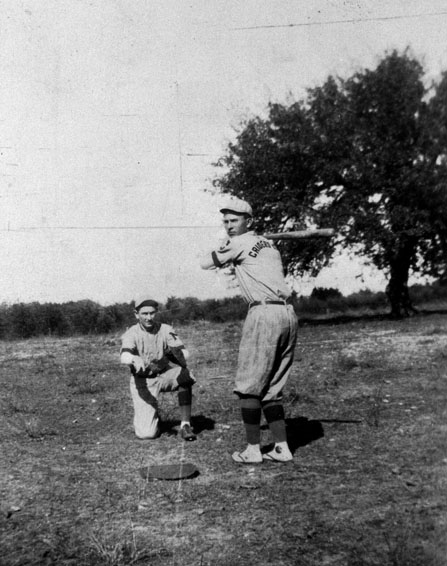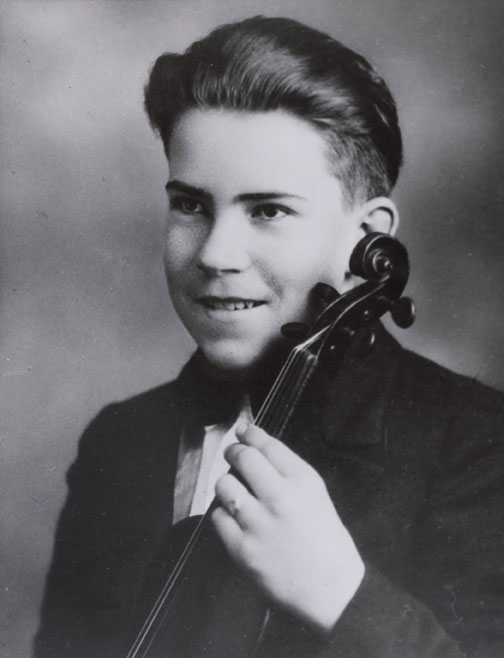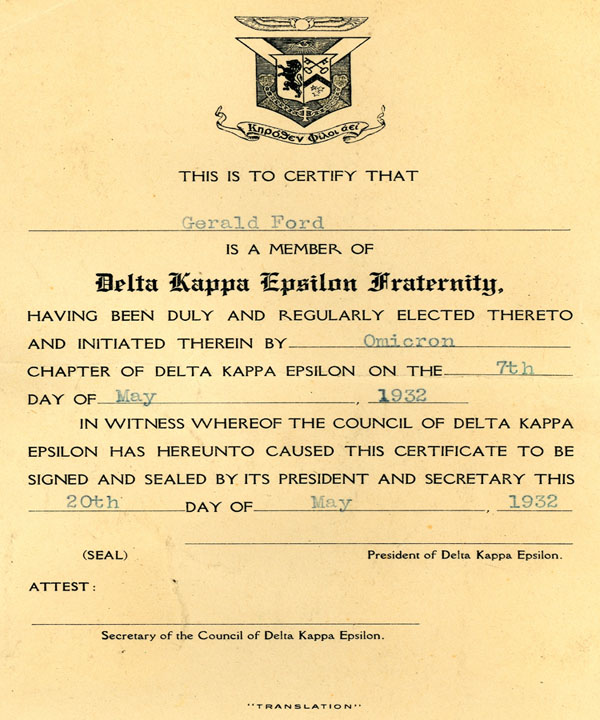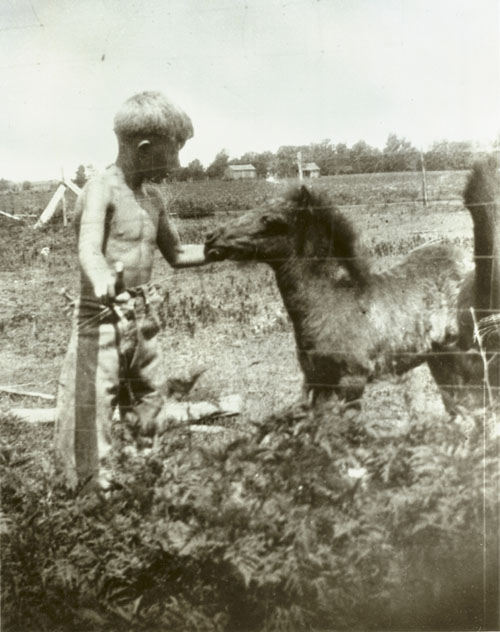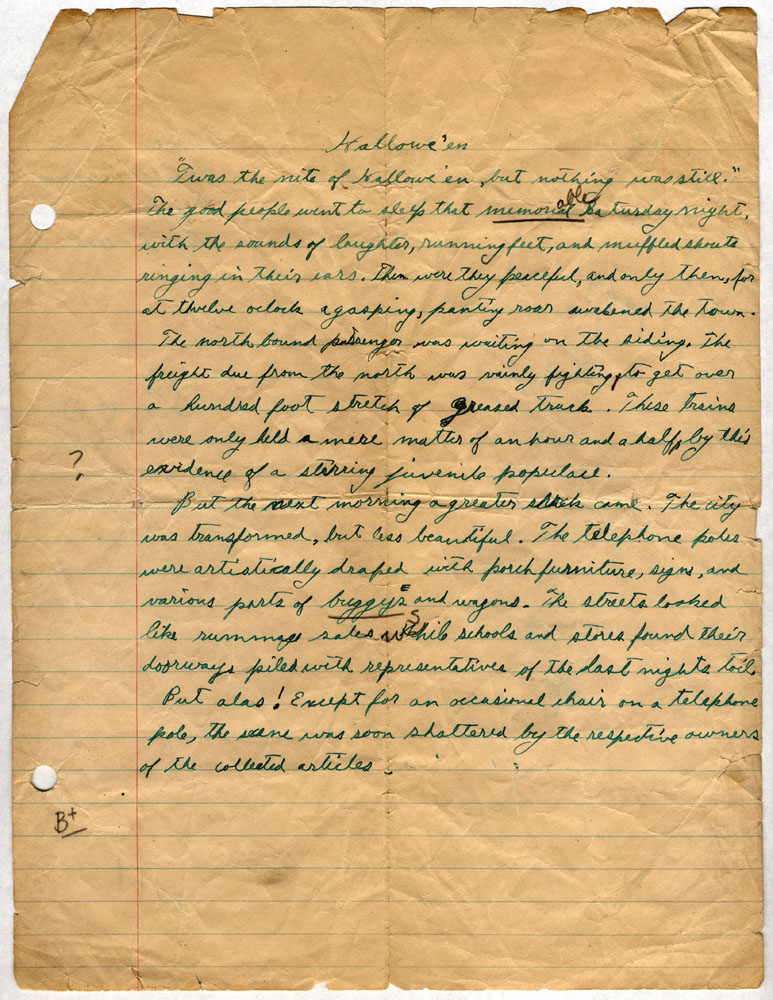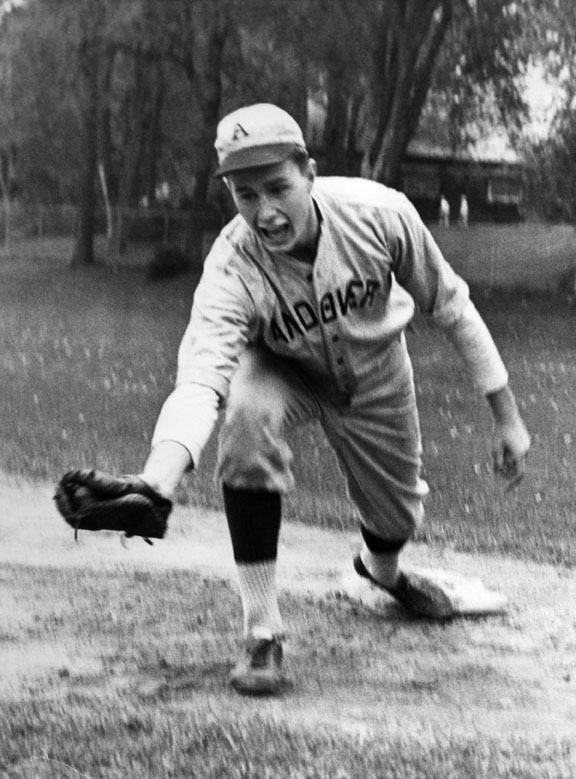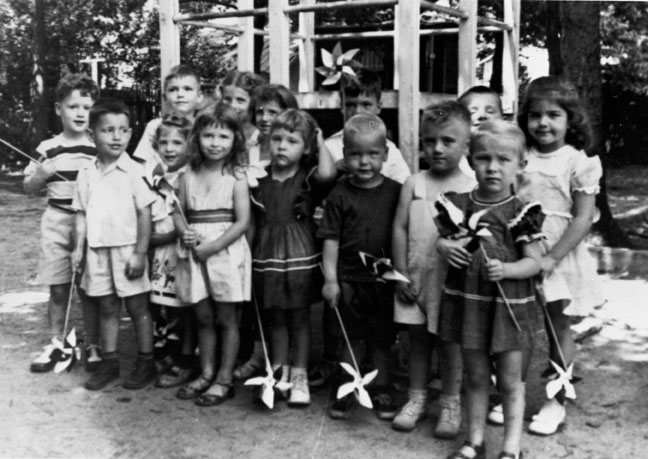
School House to White House
The Education of the Presidents
Spring 2007, Vol. 39, No. 1
Our modern Presidents received educations and participated in school activities in ways as diverse as their backgrounds and their political philosophies.
Some of the Presidents attended neighborhood public schools, and some of them learned in rural classrooms; others studied under tutors and attended prestigious private schools. Many of the Presidents participated in extracurricular activities and organized sports while they attended school.
The challenges of studying various subjects, completing homework, forming new ideas, participating in extracurricular activities, and making friends are part of the common heritage of an American education shared by everyone—including our Presidents. This is the premise of a new exhibit opening at the National Archives Building in Washington, DC, called "School House to White House: The Education of the Presidents." It charts the educational experiences of our Presidents from Herbert Hoover to William J. Clinton and includes several items from President George W. Bush's childhood.
Through the records of the presidential libraries—archival material, museum objects, and photographs as well as audio and visual material—"School House to White House" gives the public a new perspective on the presidency. It allows visitors to make connections and comparisons between their own education and the variety of educational experiences of our leaders.
Developed jointly by the museum and archival staffs of the presidential libraries and the museum staff of the National Archives Experience in Washington, DC, the exhibit explores these future Presidents' activities in grade school, high school, college, and after graduation. Other sections of the exhibit focus on the importance of home life in their education and describe participation in extracurricular activities and sports as well as each President's reflections later in life on his education.
After premiering at the National Archives Building, "School House to White House" will travel to several of the presidential libraries around the country—allowing more of the public an opportunity to experience the exhibit.
The following brief descriptions of stories from our Presidents' childhoods and highlights from the exhibit illustrate the variety of backgrounds and experiences our leaders lived when they were in school.
Herbert Hoover spent his first years of education at a small public school in West Branch, Iowa. He was sent to live with an uncle and aunt in Oregon when he was 11, after his mother's death left him an orphan. He would later say, "Iowa, in those years as in these, was filled with days of school—and who does not remember with a glow some gentle woman who with infinite patience and kindness drilled into us those foundations we know today." Later, Hoover became the youngest member of the first class at Stanford University, where he studied geology and met his future wife, Lou Henry. The exhibit features images from Hoover's childhood and young adulthood, including a picture of the Stanford University surveying squad, of which Hoover was a member.
Franklin D. Roosevelt's mother, Sara Delano Roosevelt, closely supervised his education, arranging for tutors and educational trips abroad. She also read a variety of children's books to FDR, including The Great Panjandrum Himself by Samuel Foote. He later inscribed in a companion volume, "My mother read these to me before I could read, but I took keen joy in them for many later years." FDR attended the Groton School, where he did well in class and participated in sports and other extracurricular activities. He went on to Harvard, where he was secretary of the freshman Glee Club and manager of the baseball team, among many other student activities. The exhibit will feature documents and photographs of FDR's time in school, including a photograph of FDR with his fellow glee club members at Harvard.
Harry Truman learned to read at home from his mother and attended several grade schools and high school in Independence, Missouri. "School House to White House" displays an example of Truman's eighth-grade writing. At the beginning of an essay titled "Courage," the future President, who would later be admired for his principled and honest approach to serving in the White House, quoted Emerson: "Behavior is the mirror in which each man shows his image." Outside the classroom, Truman was also a talented pianist and briefly considered a musical career. At age 39, Truman attended Kansas City Law School for two years while pursuing a career in public service.
After attending public schools in Abilene, Kansas, Dwight D. Eisenhower entered the U.S. Military Academy in West Point, New York, beginning a long and distinguished military career. Later in life, Eisenhower remembered his family's emphasis on education: "From the beginning of our schooling, Mother and Father encouraged us [Eisenhower boys] to go to college. They said constantly, 'Anyone who really wants an education can get it.' But my father, remembering that he didn't become a farmer as his father had hoped, scrupulously refrained from suggesting courses of study." Eisenhower was a talented athlete in high school and at West Point before injuring his knee. "School House to White House" will include a photograph of Eisenhower on the Abilene High School football team.
As a child, John F. Kennedy attended several schools, finishing his secondary school studies at the Choate School in Connecticut. At Harvard he played several sports and concentrated on his studies. His senior thesis, "Appeasement at Munich," was later published as the book Why England Slept, which was a critical and financial success. In "School House to White House" visitors will see a report card from 1930, a health card written by his mother, Rose, and various class and team photographs from his youth.
Lyndon Johnson's mother, Rebekah, taught the future President to read by the age of four. He attended public school in Johnson City, Texas. He enjoyed playing baseball as a child, and he participated in a two-person debate team that won the county title during his senior year at Johnson City High School. After working for several years in California after high school, Johnson returned home and attended Southwest Texas State Teachers College. In addition to various photographs from his childhood, the exhibit will display reproductions of Lyndon Johnson's third- and ninth-grade report cards as well as an invitation to his graduation from college.
Richard Nixon grew up in Yorba Linda, California, and attended schools in Whittier, California. At two high schools he excelled in his studies as well as in debate. Upon graduation, he enrolled at Whittier College, where he continued excellent performance in academics, debate, and acting. Nixon went on to Duke University, where he was a successful law student. "School House to White House" contains examples of Nixon's writing from grade school and college as well as photographs documenting various stages of his youth and young adulthood. A highlight of the exhibit is the violin he used as a child. From his early years, he had a love of music and also played clarinet, saxophone, piano, and accordion.
Gerald R. Ford attended public school in Grand Rapids, Michigan, where he did especially well in history and government. A talented athlete, Ford was selected as part of the all-city football squad. He attended the University of Michigan and played center for the Wolverine football team. Although he was offered professional contracts to play football, Ford instead went to Yale University, where he worked as an assistant football coach and head boxing coach and later attended Yale Law School. The exhibit includes his 1935 University of Michigan yearbook, Michiganensian, and a written offer to play professional football for the Green Bay Packers.
Jimmy Carter was educated in the public schools of Plains, Georgia, where he was a good student who liked to read. His extracurricular activities included basketball and Future Farmers of America. One of Carter's high school teachers, Julia Coleman, had a positive impact on his life, encouraging him to participate in debate and to read books. Carter once said: "She encouraged all of her students to seek cultural knowledge beyond the requirements of a normal rural school classroom." "School House to White House" will display a reproduction of Carter's "Readers Make Leaders" certificate, which recognized his participation in a program begun by Coleman that kept the school library open during the summer. Carter attended Georgia Southwestern College and the Georgia Institute of Technology before being admitted to and graduating from the U.S. Naval Academy in Annapolis, Maryland. The exhibit also features a reproduction of a letter Midshipman Carter sent to his mother, Lillian.
Like many of the modern Presidents, Ronald Reagan learned to read from his mother, Nelle. He attended public school and was a member of the 1928 class of Dixon High School in Dixon, Illinois. The exhibit features a reproduction of a handwritten story about Halloween that Reagan wrote in high school. In "Hallowe'en," Reagan wrote, "'Twas the nite of Hallowe'en, but nothing was still.' The good people went to sleep that memor[able] Saturday night, with the sounds of laughter, running feet, and muffled shouts ringing in their ears." Reagan attended Eureka College in Illinois, where he played on the football, track, and swim teams and was a reporter for the school newspaper.
George H. W. Bush attended a small day school in Connecticut before he was enrolled, at age 13, in the Phillips Academy in Andover, Massachusetts. While there, Bush was a popular student who participated in many extracurricular activities including organizing local charity drives and serving as the editor of the school newspaper. After Phillips, he was accepted at Yale University before leaving to serve in World War II. Bush returned to Yale after the war in an accelerated program that allowed him to graduate in two and a half years. His Yale baseball team played in the first two College World Series, and as the team captain, Bush was able to meet Babe Ruth before a game during his senior year. He was also accepted into Phi Beta Kappa while at Yale. The exhibit contains numerous photographs from Bush's time at Phillips Academy and Yale, including images of his wife, Barbara, and his son George W. Bush.
William J. Clinton attended both private and public schools growing up in Arkansas and graduated from Hot Springs High School in 1964. He exhibited great interest in elected office, winning positions on the student council and as junior class president. He enjoyed music, playing saxophone in the school band and serving as band major. Later in life Clinton said, "I don't think I would have become President if it hadn't been for school music." "School House to White House" features a music stand used by Clinton as a member of the "Stardust" Jazz Band at Hot Springs High School. After high school, Clinton attended Georgetown University, received a Rhodes scholarship to study at Oxford University, and earned a law degree from Yale University.
As it is for most of us, education in school and related activities were influential to future Presidents and provided a foundation on which they built the rest of their lives. Whether in private school or public, whether growing up in a small town or a large city, each of our modern Presidents experienced a unique education that prepared him for leadership in the highest elected office in the land. Yet each of these exceptional Americans was, like many of us, a child working on homework, a teenager trying to make new friends, and a young adult choosing a career path. Like many Americans, Presidents once competed on teams, participated in their school's band, or worked on their school newspaper.
President Ronald Reagan once described the National Archives presidential libraries as "classrooms of democracy." In "School House to White House: The Education of the Presidents," the holdings of these rich historical resources illustrate what our leaders accomplished in the classrooms of their youth.
This article summarizes information presented in the "School House to White House" exhibit and is based on the exhibit script developed as part of a collaboration among the professional staff of the Presidential Library System and the Center for the National Archives Experience.

